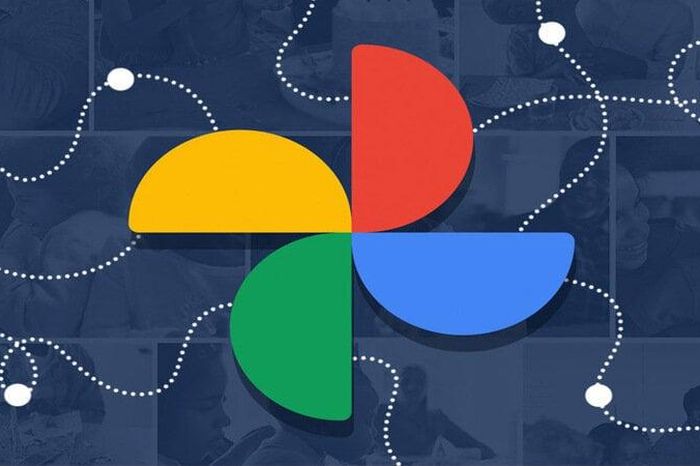How to mirror iPhone screen to MacBook
This makes it easier for users to present, share content or even manage work more conveniently. In this article, we will guide you through each detailed step by step to mirror your iPhone screen to your MacBook, ensuring you have the smoothest and most efficient experience.
What is the purpose of mirroring iPhone screen on MacBook?
Before jumping into the steps, let's take a look at some of the benefits of mirroring your iPhone screen on your MacBook:
1. Slideshows and presentations: Easily project documents, images or videos from your phone to your MacBook's larger screen.
2. Gaming: Experience mobile games on a big screen with better image quality.
3. Work management: View and interact with work applications on iPhone through the MacBook screen.
4. Share content: Quickly share videos and images with others without having to transfer data.
How to mirror iPhone screen to MacBook
Mirroring the iPhone screen to the MacBook has many different ways, from using cables to software or wireless support tools. Below are the two most popular and easiest methods to implement.
Method Using USB Cable And QuickTime Player
Step 1: Connect iPhone to MacBook
Use a Lightning cable to connect your iPhone to your MacBook. Make sure that both devices are turned on and working properly.
Step 2: Open QuickTime Player
On your MacBook, open the QuickTime Player app. This is an app available on macOS, so you don't need to download anything else.
Step 3: Select 'File' and 'New Movie Recording'
In the QuickTime Player application, select 'File' from the top menu bar and next select 'New Movie Recording'.
Step 4: Select iPhone as the source
A new window will open with a record button in the middle. Click the little arrow right next to this button and select your iPhone from the list of available devices. Immediately, the iPhone screen will be reflected onto the QuickTime Player window on the MacBook.
Step 5: Enjoy and take advantage
You can begin to take advantage of this reflective ability to perform the tasks you desire. If you need to record the screen, just press the record button and QuickTime will save the video.
Method of using AirPlay
Step 1: Make sure both devices are on the same Wi-Fi network
To use AirPlay, make sure both your iPhone and MacBook are connected to the same Wi-Fi network.
Step 2: Turn on AirPlay on iPhone
On iPhone, swipe up from the bottom edge of the screen to open Control Center. Tap the AirPlay or Screen Mirroring icon.
Step 3: Select MacBook as the mirroring device
In the list of available devices that appears, select your MacBook. The iPhone screen will immediately be mirrored on the MacBook.
Use third-party software
You can also use third-party software to mirror your iPhone screen on your Macbook, such as Reflector. How to do it is also quite simple, with the following steps:
Step 1: Download Reflector 4 software for Macbook, install as usual
Step 2: Connect iPhone and Macbook to the same Wifi. Open screen mirroring, select the Macbook name and install Reflector from the control center.
Step 3: Get the connection code on the phone and enter it into the computer to connect successfully.
Some important notes
1. Update software: Make sure both your iPhone and MacBook are updated to the latest software version to avoid incompatibility issues.
2. Connect
For the AirPlay method, your Wi-Fi network needs to be strong and stable enough to ensure mirroring quality.
You should read it
- Instructions on how to customize the lock screen on MacBook
- 10 best macOS screenshot apps 2021
- How to record iPhone screen video, How to record iPhone screen with sound
- Will the MacBook Pro have a Retina-style resolution screen?
- The new MacBook Pro can be thinner, the Retina screen
- The 15-inch MacBook Pro supports 5K screen output
 How to transfer data from OPPO to iPhone
How to transfer data from OPPO to iPhone How to install XAPK file on Android
How to install XAPK file on Android How to sync passwords in the iPhone Password app
How to sync passwords in the iPhone Password app How to take better Live Photos on iPhone
How to take better Live Photos on iPhone iPhone keyboard error cannot type numbers, how to fix?
iPhone keyboard error cannot type numbers, how to fix? How to create stickers from text on Android phones
How to create stickers from text on Android phones